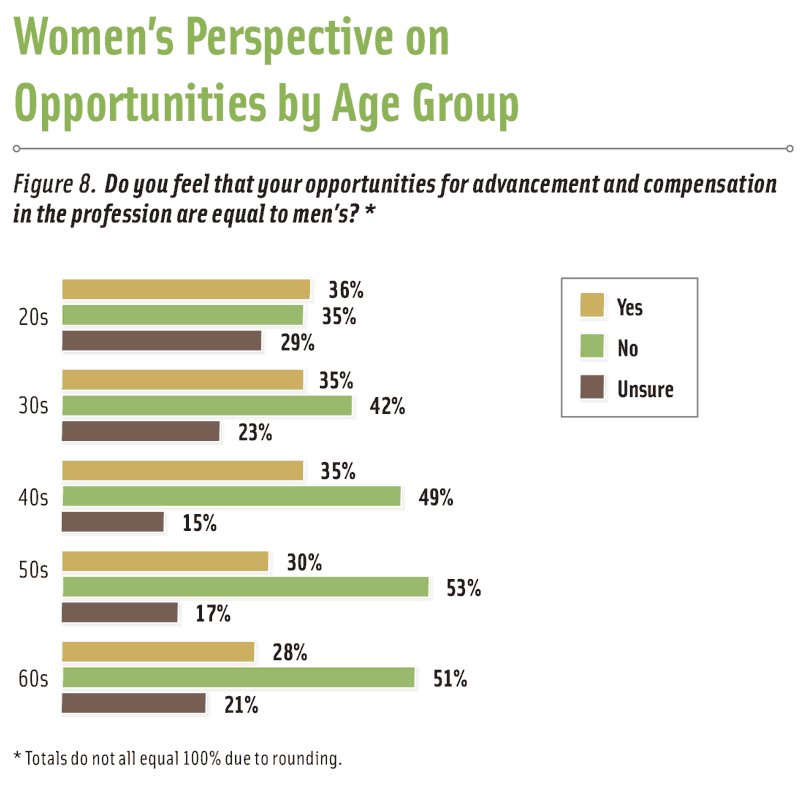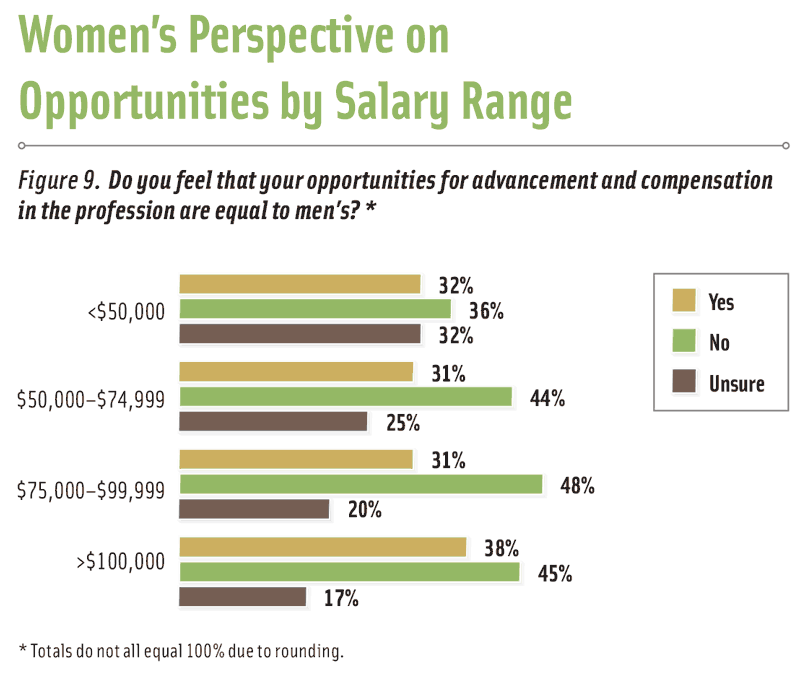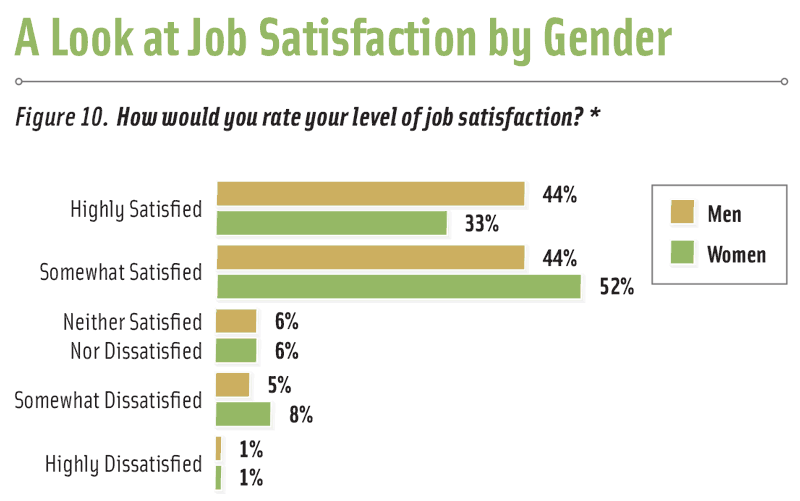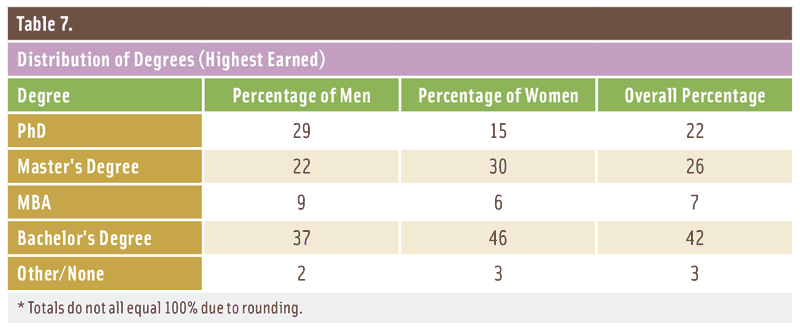Women in Food Science Talk Compensation and Careers
A gender pay gap persists, but female food scientists are making strides in the profession. Here’s what some top achievers had to say about career development.
Article Content
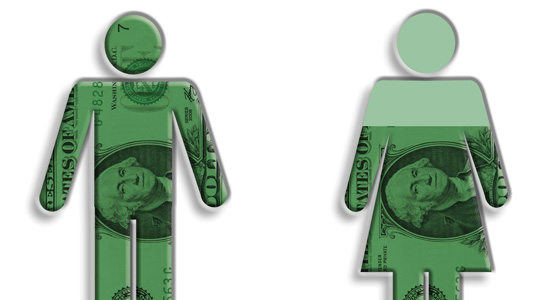
Ellen Bradley remembers the conversation clearly although it took place more than 25 years ago. She was working as a food scientist for a midsize food company and her male manager said, “We’re not going to give you a raise because you’ll be leaving to get married.” The comment took her by surprise, coming as it did seemingly out of nowhere. “I wasn’t even engaged,” says Bradley. Of course, the comment would have been inappropriate even if she had been engaged.
Bradley eventually moved on, and today the 50-year-old married mother of two has her own Portland, Ore.–based consulting business, River City Food Group, and sets her own work schedule on projects ranging from product development to food safety.
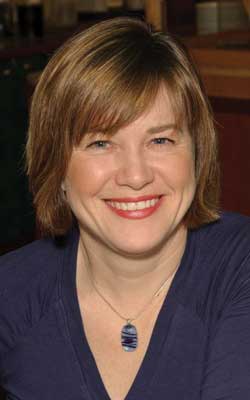 Fortunately, Bradley’s early experience did not diminish her love for the science of food, and thanks to laws that protect women against discrimination in the workplace, it’s unlikely that a manager would make such a comment today. But was Bradley’s experience two-and-a-half decades ago a workplace anomaly? Responses from women who completed IFT’s 2015 Employment and Salary Survey* suggest that it probably was not. Asked if they thought that their opportunities for advancement and compensation in the profession were equal to men’s, 45% of United States–based women members said no. Another 22% were unsure, and only about a third (34%) answered yes.
Fortunately, Bradley’s early experience did not diminish her love for the science of food, and thanks to laws that protect women against discrimination in the workplace, it’s unlikely that a manager would make such a comment today. But was Bradley’s experience two-and-a-half decades ago a workplace anomaly? Responses from women who completed IFT’s 2015 Employment and Salary Survey* suggest that it probably was not. Asked if they thought that their opportunities for advancement and compensation in the profession were equal to men’s, 45% of United States–based women members said no. Another 22% were unsure, and only about a third (34%) answered yes.
Women in their 40s, 50s, and 60s answered “no” more often than younger women; the no response rate was highest among women in their 50s, 53% of whom said they thought their opportunities were not equal to men’s. (See Figure 8 for more details.) Even among women with salaries of $100,000 or more, only 38% said they believed that opportunities were equal (Figure 9). Perhaps this helps to explain why just one-third (33%) of U.S. women member respondents described themselves as highly satisfied with their jobs versus 44% of men who reported that level of satisfaction (Figure 10).
Women ranging in age from their 20s to their 60s spoke to Food Technology about their professional lives, and their perspective was positive. With the exception of the incident Bradley reported, women said that they had not encountered gender biases or workplace discrimination. (Some of the interviewees had completed the salary survey, and some had not.) But they did not discount the issue of a gender-based salary gap between men and women, and several acknowledged facing gender-related challenges during the course of their careers.
According to IFT’s 2015 survey, women respondents earn a median salary of $79,000—75% of men’s median salary of $105,000. That aligns fairly closely with the average gender pay gap of 78% for U.S. women across all industries (Catalyst 2015).
 “The glass ceiling was much more prevalent if you looked at statistics 20–30 years ago than it is today,” reflects IFT Past President John Ruff, who retired from Kraft in 2008 after a 40-year career in the food industry. “But despite the changes and despite the fact that in our profession we’ve actually got a majority of women graduating across the United States in food science, there’s still this 20-year catch-up. So you still see data about women on average earning less. … We’ve made a lot of strides, but there’s still more to be done.”
“The glass ceiling was much more prevalent if you looked at statistics 20–30 years ago than it is today,” reflects IFT Past President John Ruff, who retired from Kraft in 2008 after a 40-year career in the food industry. “But despite the changes and despite the fact that in our profession we’ve actually got a majority of women graduating across the United States in food science, there’s still this 20-year catch-up. So you still see data about women on average earning less. … We’ve made a lot of strides, but there’s still more to be done.”
“In today’s food industry, there are more opportunities for women to advance, but the salary gap continues,” says Sharrann Simmons, senior business manager – life sciences for New York City–based Nagase America Corp. Simmons has a few recommendations for women seeking to move forward in a career—and to be well compensated for it. “Women need to take more risks and be prepared to take on projects and tasks outside their comfort zone to achieve greater responsibility,” she notes. Simmons said that a decision she made early on to move from R&D into technical services and then into technical sales has had a positive impact on her compensation. “Commercial positions more often have significant bonus potential and other added value like a company car,” she says.
Simmons, who has worked in the food industry for more than 35 years at six different companies, says that her willingness to relocate for a job has also contributed to her success in the workplace. “I relocated for every job that I’ve had except for the last two—and sometimes that was all the way across the country,” she says. “Sometimes, it was to Europe. I lived in Brussels, Belgium, for five years.”
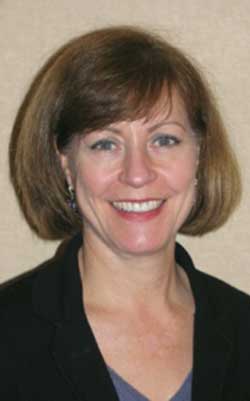 Progress and Balance
Progress and Balance
As go-to-market technical manager at Minneapolis-based Cargill, Brenda Knapp-Polzin, who has worked in the profession for about 30 years and has juggled work life and family life along the way, also has a technical sales role, which she loves. Knapp-Polzin, who held R&D positions at Pillsbury and General Mills before joining Cargill, is definitely ambitious, but she’s also philosophical about the fact that sometimes the process of managing work and family requires some trade-offs. “I had a seven-year break between my undergraduate degree and my master’s because I had three children. So my career started off seven years late, and that caused my earnings potential to be seven years behind,” she notes. “But I’ve still had a really successful, enjoyable, and rewarding career, so I think it’s how you put your plan in place and how you mitigate some of those challenges. If you’re working part-time or taking a full-on break, then you need to do things to stay relevant, whether that’s attending training classes or being part of some professional organization like IFT. … [Do] something to stay in touch and maintain your relationships because that’s how you find out about new positions. That’s how people understand your leadership abilities, understand the energy you’ve got that could be valuable to an organization when you’re ready to re-engage.”
Michele Perchonok, who is Program Science Management Office manager for NASA’s Human Research Program in Houston, also advocates the benefits of rational risk-taking for women who want to advance professionally. “Move out of your comfort zone and try something new and challenging,” advises Perchonok, who, since earning her PhD, has had a 32-year career—first in industry and then at NASA for the past 16 years. “Find a way to grow your skill set either through classes or [via] a mentor or by learning on the job. Never get so comfortable in your position that you are no longer learning or being challenged.”
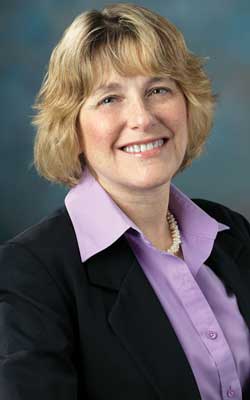 Perchonok worked full-time throughout her career and was back on the job after six weeks of maternity leave when each of her two children, now aged 28 and 26, were born. She says she never really stopped to think about the challenges. “I just did it. It was hard. I didn’t have time for friends or anything [else]. I went to work. I took care of my kids. Of course, my husband helped.
Perchonok worked full-time throughout her career and was back on the job after six weeks of maternity leave when each of her two children, now aged 28 and 26, were born. She says she never really stopped to think about the challenges. “I just did it. It was hard. I didn’t have time for friends or anything [else]. I went to work. I took care of my kids. Of course, my husband helped.
“It was a challenge, but it was worth it,” continues Perchonok, who notes that she received the ultimate compliment from her daughter, who is an industrial engineer. “My daughter said, ‘Mom, I know I can do everything because you did it. You had a family; you worked; you did it all.’”
Understanding the Gender Salary Gap
Why does the gender pay gap still exist? In the food science profession, more men than women have doctorates and MBAs, which contributes to the income disparity between the sexes since salaries increase with advanced degrees. Nearly twice as many male survey respondents (29%) as female respondents (15%) have a PhD. And almost 9% of male respondents versus 6% of female respondents have an MBA. (See Table 7.)
Experts point to a variety of other reasons for the pay gap, including the one Knapp-Polzin referenced: the fact that women are more likely than men to cut back on their hours or take time off to handle family demands. That time-out from the workforce means that women often have what compensation expert Kerry Chou, who is based in the Scottsdale, Ariz., office of human resources association WorldatWork, describes as “a lack of salary progression momentum.”
“Because they start, they stop, they have to leave the workforce for children or for other reasons such as caring for ailing parents, they lose that salary momentum, so their salaries start lagging behind,” says Chou.
One employer that has taken a constructive step toward addressing the gender salary gap is Google. Chou says that for many of the positions it fills, the company does not factor a candidate’s previous salary into its compensation negotiation process, which can work to the advantage of those who have taken a break from the workforce.
“What that means is that a woman who has been disadvantaged for some of those reasons but is actually worth a lot more [is] not penalized,” says Chou. “If they had a lower salary, that basically gets wiped out. … Google’s perception is, ‘Hey, we don’t care. We want to offer you a salary for what we think you are worth,’” Chou continues. “If you were working at a bargain before, you don’t get penalized for it.”
Effectiveness at salary negotiation can also be a factor in gender salary gaps. “There are some studies that look at the ability of men and women to negotiate, studies that say men … negotiate and drive harder bargains in terms of negotiating pay,” says Chou.
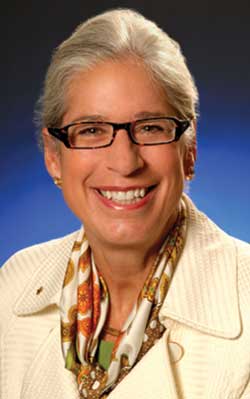 IFT Past President Marianne Gillette was involved in hiring and recruiting food scientists throughout her 38-year tenure at McCormick & Co., Sparks, Md. She says gender was never an issue in hiring decisions. “That never happened,” says Gillette, who retired from McCormick as vice-president of applied research last year. “What did happen, though—and it is not as obvious [recently] as it was 20 or 30 years ago—is that men will ask for more. They are much more comfortable being assertive when they’re hired and as an employee moving forward in their career. They will ask for an opportunity. They will ask for a promotion, and they will ask for special assignments and projects and for more money. Rarely did I have a female employee who would do that.”
IFT Past President Marianne Gillette was involved in hiring and recruiting food scientists throughout her 38-year tenure at McCormick & Co., Sparks, Md. She says gender was never an issue in hiring decisions. “That never happened,” says Gillette, who retired from McCormick as vice-president of applied research last year. “What did happen, though—and it is not as obvious [recently] as it was 20 or 30 years ago—is that men will ask for more. They are much more comfortable being assertive when they’re hired and as an employee moving forward in their career. They will ask for an opportunity. They will ask for a promotion, and they will ask for special assignments and projects and for more money. Rarely did I have a female employee who would do that.”
Women, Gillette contends, “want their work to speak for itself and for their hard work to be noticed and appreciated and for recognition and promotion to follow.” In her own professional life, Gillette came to realize that this was not a good formula for career advancement. “We need to be our own champions,” she says.
Show Them the Money
“It’s hard to ask for money … but it’s important for job satisfaction to be compensated appropriately,” says Knapp-Polzin. “And actually, it’s not just about job satisfaction. It’s about taking care of yourself and your family. If you don’t negotiate well, when you retire, your quality of life can be impacted by how well you’ve advocated for yourself during your career.”
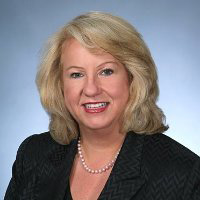 Simmons shares their perspective. “Women often are too humble and work very hard and then expect management to notice and promote them,” she says. “Men are much more likely to talk about their achievements or work projects and confidently take credit for their success. It is more common for women to say, ‘Our team did a great job’ rather than ‘I led the team for Project A, which contributed $300,000 in new revenue.’
Simmons shares their perspective. “Women often are too humble and work very hard and then expect management to notice and promote them,” she says. “Men are much more likely to talk about their achievements or work projects and confidently take credit for their success. It is more common for women to say, ‘Our team did a great job’ rather than ‘I led the team for Project A, which contributed $300,000 in new revenue.’
“I actively teach all my direct reports to understand their value to the company and to be ready to comment on their latest successful project,” Simmons adds.
 Clearly, the role of women in the profession of food science should not be underestimated. In the 2015 survey, women represented 74% of respondents under the age of 30. Bridget McClatchey, a 29-year-old food scientist with Kraft Heinz, sees a bright future for women in the profession. “I feel like we’re making strides,” she notes. “I think there’s a lot of emphasis on coaching women to ensure that they have a voice.
Clearly, the role of women in the profession of food science should not be underestimated. In the 2015 survey, women represented 74% of respondents under the age of 30. Bridget McClatchey, a 29-year-old food scientist with Kraft Heinz, sees a bright future for women in the profession. “I feel like we’re making strides,” she notes. “I think there’s a lot of emphasis on coaching women to ensure that they have a voice.
“With more women in the food science field, I hope that we’ll start to see more leadership positions dominated by women,” she adds.
It’s already happening, Ruff observes. “As I look at it from a big-picture point of view, recognizing how far we’ve moved from 25 years ago, with women [now] being in positions all the way up to the top of the [R&D] function as well as at the top of companies, I think the opportunities are tremendous,” he says. Which is, of course, good news for everyone working to advance the science of food.
*Note: Unless otherwise specified in this article, statistics cited apply to United States–based members of the Institute of Food Technologists.
Mary Ellen Kuhn is executive editor of Food Technology magazine ([email protected]).


